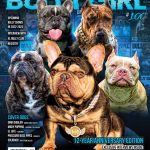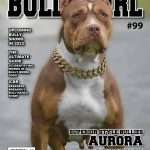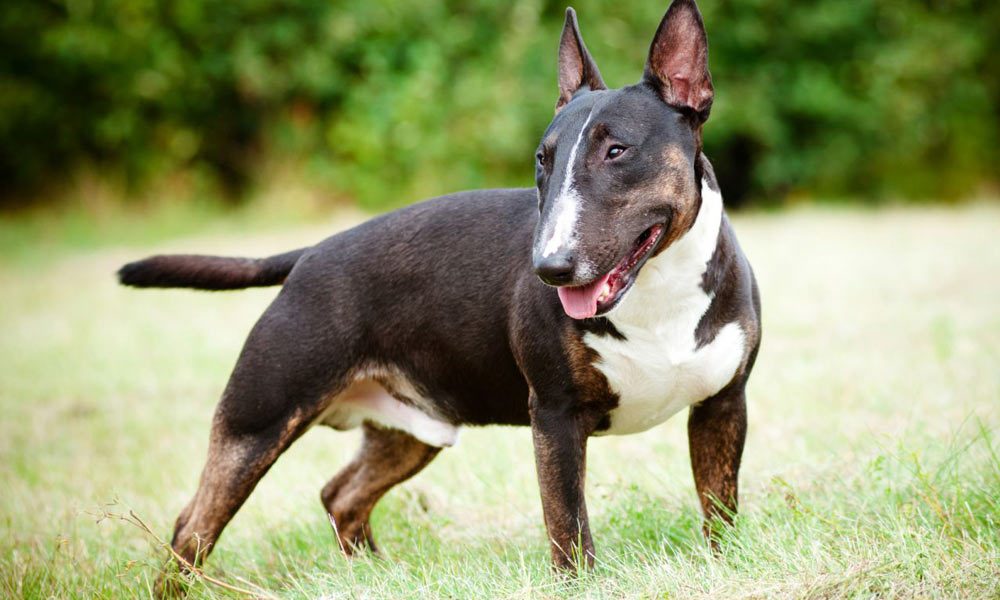Bull Terriers are a type of terrier that are best known for their outwardly sloped “egg” faces. For many people, the most recognizable Bull Terrier is Spot, the Target mascot. We will discuss the Bull Terrier’s origins, stereotypes, and the reasons that this breed makes a wonderful companion.
The Origin of the Bull Terrier
Bull Terriers have a long history, dating back to the early 1800’s in England. Initially, “Bull and Terrier” breeds had two purposes: for vermin control, and for participation in popular blood sports of the day. The original Bull and Terrier breeds were based on Old English Bulldogs (a now-extinct breed) and Old English Terriers. Since the exact lineage of these dogs is unknown, it is probable that other terrier breeds were represented as well.
As a group of dogs, Bull and Terrier breeds were intended to have the speed and agility of the more lightly built terriers, but the tenacity of the Bulldog. The goal was to create an animal that would perform well in combat situations. This was required for animals used in blood sports. Sadly, many of these dogs were bred for fighting bulls and bears for entertainment, which necessitated a strong-willed, fearless animal that had both strength and speed.
Despite the value of a bulldog / terrier cross during the evolution of the Bull Terrier, little was done to preserve the ancestry of this dog. No breed standards existed until the mid-1900’s, and breeding was solely based on performance measures, as opposed to the dog’s appearance. Eventually, Bull and Terrier breeds were divided into two groups: Bull Terriers and Staffordshire Bull Terriers. The latter of which was smaller and easier to handle than the former.
The 1850’s
In the mid-1850’s, James Hinks began breeding Bull and Terrier type dogs to the now-extinct English White Terrier. His intention was to create an animal with a cleaner appearance, better legs, and a nicer head than standard terriers. In 1862, he entered a dog named “Puss” into the Bull Terrier Class in a Chelsea dog show. Puss was immediately popular, and thus “Hinks Breed,” also known as “The White Cavalier,” was born. Over time, what is now known as the Bull Terrier was bred with Dalmatian, Whippet, Spanish Pointer, Borzoi, and Rough Collie to create the dog as we know it today. The first modern Bull Terrier, named “Lord Gladiator,” was recognized in 1917.
Although Tom Hinks set out to create an all-white dog, there are many health problems associated with all-white coloring, including deafness. In 1936, the AKC began recognizing colored Bull Terriers, with brindle being the preferred coloring today.
Bull Terrier Stereotypes
Bull Terriers are not commonly considered a fighting breed. However, to the uninformed they suffer from many of the same stereotypes as other bully breeds. Indeed, the blanket term “pit bull” commonly includes Bull Terriers.
One of the top stereotypes of this breed is that it is vicious, which could not be further from the truth. In fact, part of the breed standard for the Bull Terrier is a “gentleman” temperament.
Another common stereotype of pit bull-type dogs is that they have locking jaws, which will latch onto humans, dogs, or other animals and never let go. Again, this stereotype has been proven time and again to be merely a myth.
Bull Terriers are also unfairly assumed to be poor candidates for living with children and other pets. It is true that some terriers are inherently dog-aggressive. However, the Bull Terrier is well known for its ability to get along well with other animals, especially when properly socialized. Similarly, Bull Terriers are widely considered one of the top breeds for children, due to their fun-loving nature.
While people commonly assume that all forms of pit bulls have been bred for fighting, this is simply not true. Indeed, James Hinks’ original Bull Terrier was not intended for the fighting ring, and instead as a “gentleman’s companion.”
Bull Terriers as Companions
What makes Bull Terriers great dogs and companions? The typical Bull Terrier personality should be charming, mischievous, and playful, which is why this dog is revered by many. Part of the reason this breed was initially called the “White Cavalier” is because of the level of chivalry a Bull Terrier is supposed to possess. For instance, this dog should never start a fight, but should be courageous enough to finish one.
Additionally, the Bull Terrier socializes well with both humans and other animals. Indeed, according to a poll conducted by the American Kennel Club, 94% of Bull Terrier owners say this breed is good with children. In addition, 84% of owners say this breed is good with other dogs. Since the Bull Terrier was never intended to be a pit-fighter, few Bull Terriers display inherent dog-aggression.
For many dog owners, Bull Terriers are ideal because they can be very independent dogs. They have an even temperament and accept discipline well. At times they can be stubborn, which makes them better for experienced dog owners; however, they are extremely people-oriented pets. As with any dog, socialization is necessary for ensuring they get along well with unfamiliar people and animals. In terms of temperament, a 2008 German study showed that the Bull Terrier most closely matches that of the Golden Retriever. The Golden Retriever is widely regarded as one of the most family-friendly canine companions.
The Standard Bull Terrier
The Bull Terrier is a short, dense dog that weighs 55 – 65 lbs. Shorter in stature than a typical pit bull, these dogs make great companions for people who prefer a smaller dog. Miniature Bull Terriers also exist. They stand only 14’’ tall at the shoulder, and are approximately half the height of the Standard Bull Terrier. The average lifespan of this breed is 10 – 14 years, which typical for a dog of this size. Bull Terriers do not require extensive grooming, due to their short, rough coat.
Ultimately, the Bull Terrier is an older breed with origins in England. Bull Terriers are unfairly stereotyped, like all “pit bulls”. At the end of the day, they make fantastic companions due to their friendly and loving nature.










